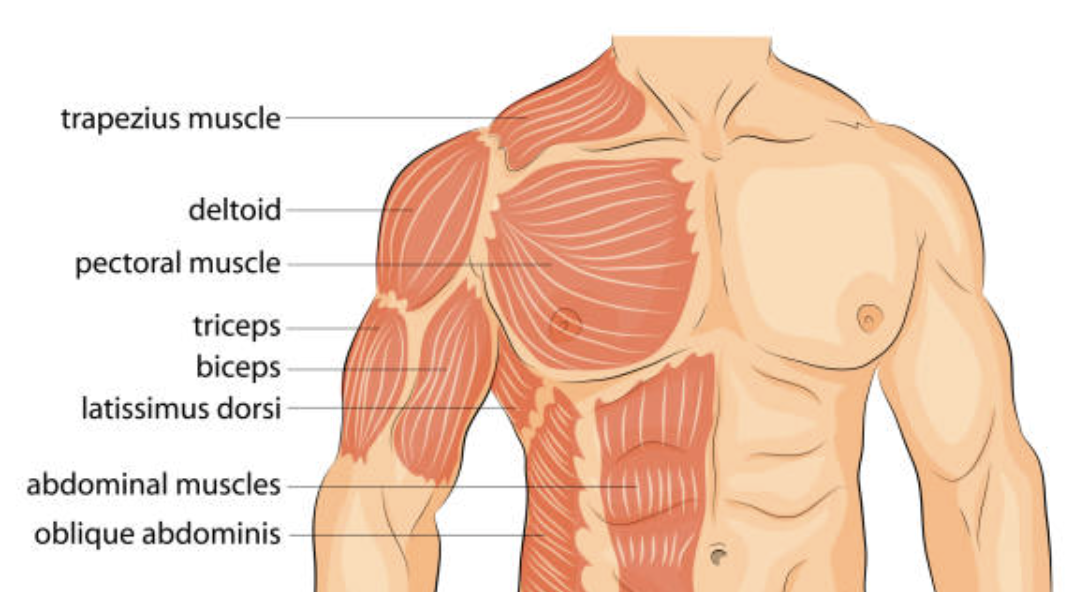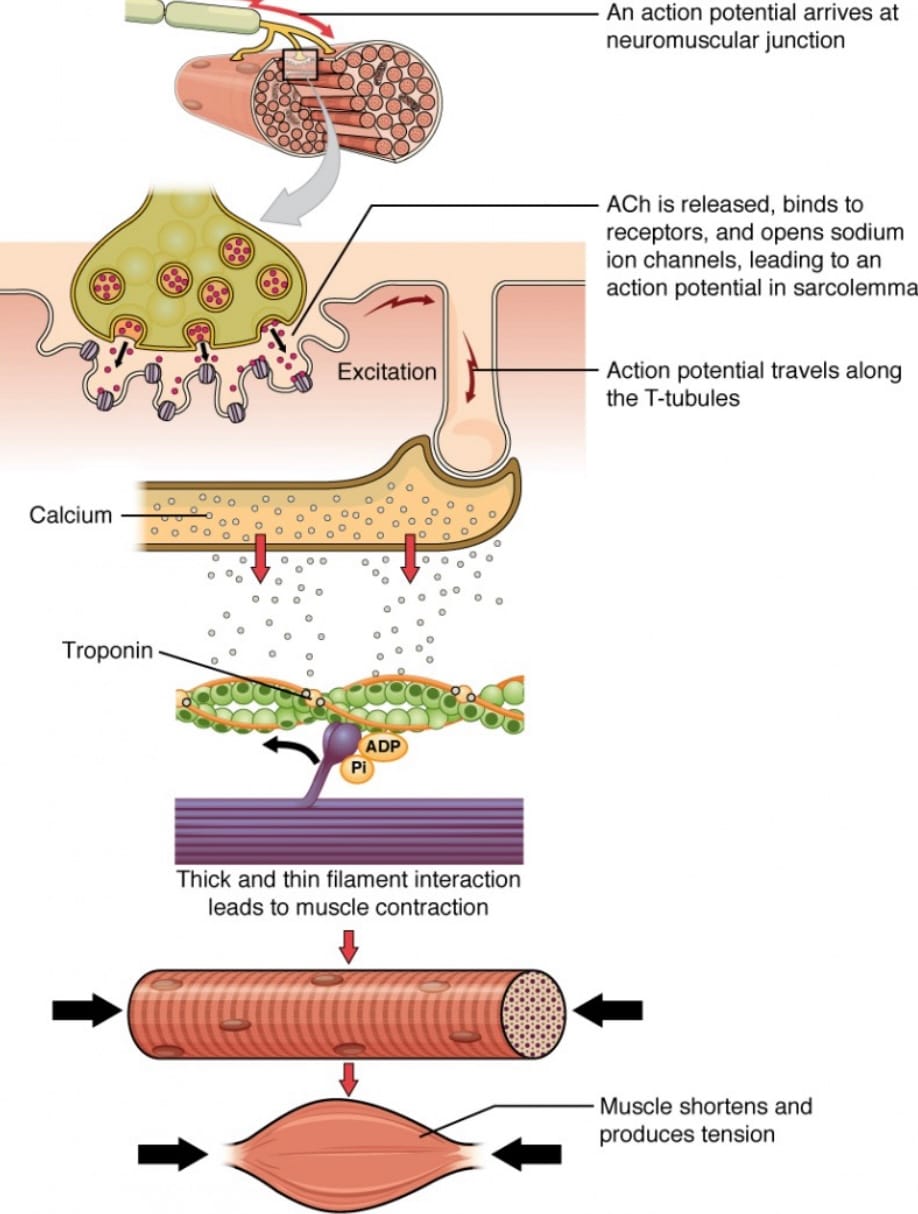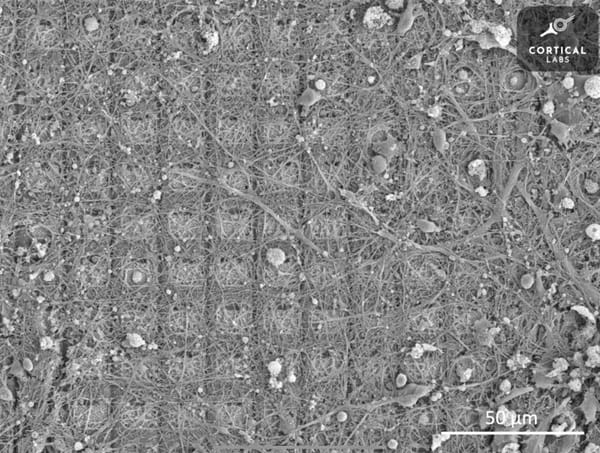Muscle Growth: A brief guide

Introduction:
The human anatomy is composed of a complex system of bones, nerves, organs, and muscles that allow us to function without much thought as to the mechanisms behind these different components of our body. Anatomy (the composition of the human body and the functions its components have) is a widely studied and well understood topic alongside the human body’s muscular structure. From the biceps to the rectus femoris to the extra-ocular muscles around our eyes, muscles play an important role in every aspect of a human’s life, whether they are a sports person or a teacher, controlling everything from blinking to the beat of your heart.
The topic of muscle growth is highly contested within the sports science community. The nature of the subject makes this inevitable due to the fact that similar training methodologies can have different impacts on different people. However, if you are looking to learn about the mechanisms behind muscle growth and the widely accepted practices that lead to the highest rate of muscular development, then read on to dive into this highly contested subject.
Muscle Contraction
A muscle contraction begins with an electrical impulse being transmitted from the brain, down various neurons, and eventually arriving at the end of the final motor neurone’s axon, causing the muscle to contract. Neurotransmitters (in this case, acetylcholine(ACh)) diffuse across the synaptic cleft between the motor neurone’s axon terminal(s) and bind to the receptors on the muscle fibres, on the other side. Following the arrival of the neurotransmitters at the receptors on the muscle fibres calcium channels open due to the stimulation of the sarcoplasmic reticulum, releasing Ca 2+ ions stored in the sarcoplasm. These ions bind to the tropomyosin protein, which covers actin-myosin binding sites, changing the structure of said protein and therefore exposing the binding sites. Myosin heads found in the muscle fibres are then able to bind to the actin-myosin binding sites, creating a connection between myosin and actin filaments, also known as ‘cross bridges’. Simultaneously, ATP (adenosine triphosphate) is split into ADP (adenosine diphosphate) and Pi (phosphate) by ATP hydrolase (which hydrolyses the ATP to form the products mentioned above) activated by the calcium ions that were introduced earlier in the process., releasing energy. This energy is then used to rotate the myosin head towards the sarcomere, resulting in the actin sliding over the myosin and bringing the sarcomeres closer together, compacting the muscle. This process is referred to as a ‘power stroke’.
After the power stroke, more energy from the hydrolysis of ATP is used to break the actin-myosin cross-bridge and allow the myosin fibre to bind to another binding site further along the actin fibre. This process, also referred to as sliding filament theory, is only a small portion of an entire muscle contraction, as it can occur up to 100 times a second, making the contraction itself an incredibly efficient process. A diagram of this process can be seen below.

Mechanical Tension
In the context of muscle growth, the mechanical tension is the force that is actually experienced by muscles and joints. Maximising mechanical tension when performing resistance exercises can stimulate more growth as the tension felt, and therefore the force expressed by the muscle fibres, is increased, and growth adaptations occur more quickly. Things that affect mechanical tension are joint angles, the distance of the load from the pivot around which it is being moved, and the way an exercise is performed (for example, a close-grip bench press puts less tension on the pectoral muscles than a regular bench press as the elbow is tucked in close to the chest, both reducing the stretch on the pectoral muscle and emphasising strain on the triceps).
Nutrition
An increase in protein consumption has been shown to have positive effects on the rate of muscle development and hypertrophy (and slowing the rate of muscle atrophy) through several experiments performed on mice and other animals. The optimum amount of protein for muscle growth is 1.2 to 1.7 grams of protein per kilogram of bodyweight as the amino acids in protein are used to repair the damage caused to the muscle fibres through resistance training. This causes the process of anabolism to occur, where cells in the body grow larger and eventually divide, allowing muscle to develop.
A theory that has been around for quite some time regarding nutrition and muscle growth is the idea of the anabolic window, or, in other words, the anabolic state theory. It states that if protein and carbohydrates are not consumed within a 30-minute period after completing a workout, the efforts put into that workout will be rendered obsolete. While there have been several studies both favouring and contradicting this idea, a meta-analysis of 43 studies performed in 2013 showed that there was no real correlation between an immediate protein intake and muscle growth over a period of time, effectively disproving the theory, and it is no longer widely considered in the bodybuilding community as a factor to take into account when eating with the aim of growing muscle.
Progressive Overload
Progressive Overload is the idea that each session you should seek to perform exercises with more intensity than the last. This could be in the form of an extra kilo on the barbell, an extra repetition, or even simply moving the weight faster than previously. This concept is particularly good for tracking muscle growth and breaking through plateaus as lifters develop and become advanced.
How does repeated muscle contraction lead to muscle growth?
The essence of muscle growth is adaptation. Typically, adaptation is thought of as a process that occurs over several thousand years. However, in the context of muscle hypertrophy, adaptation can occur over a much shorter period. Placing muscle fibres under tension and resistance causes micro-tears in the muscle. This then stimulates an increase of blood flow and nutrients to said muscle fibres; the fibres are then able to repair themselves and simultaneously ‘adapt’ to being exposed to such high resistive forces by increasing in volume.
To go into more detail, it is said that there are three aspects that lead to muscle growth: mechanical tension, muscle damage, and metabolic stress. Mechanical tension, which was covered earlier in the article, increases muscle damage when it itself is increased. This damage comes in the form of small and large tears in the sarcolemma and basal lamina (and connective tissue). The body's response to this trauma is similar to the response to an infection; when damage is detected, the affected area is flooded with neutrophils, macrophages, and lymphocytes. These cells work to repair the muscle tissue, resulting in various growth factors being released in the muscle, stimulating muscle hypertrophy. Metabolic stress has been shown to not be an essential component of muscle growth, but it can still be very beneficial as it can supplement the other two ideas mentioned above. Exercise-induced metabolic stress has also been linked to an increased level of anabolism, leading to further muscle hypertrophy.
Approaches to Muscle Growth
You may be thinking, what good are these concepts if they do not come with a clear training plan that actually allows you to build muscle in a safe and efficient manner?
There are several approaches that have arisen as bodybuilding has become more and more popular, the most popular of which are ‘science-based lifting’ and ‘bro science’.
Science-based Lifting
‘Science-based lifting’ is an approach that seeks to grow muscle in the most optimal and efficient manner. Focusing more on maximising strain on the chosen muscle and optimising rest times and nutrition. Championed by figures like Jeff Nipard on social media, this approach has grown in popularity over the last few years as it has become widespread on social networks and research into the area has become widely available.
Some concepts that have become synonymous with science-based programming are:
Long-Length Exercises
A review of 26 independent peer-reviewed studies revealed that, on average, holding the stretched portion of a movement could increase muscle growth by up to three times compared with holding the top/contracted position. This is supported by the idea that when stretched into a longer position, muscles experience a higher level of metabolic stress, which leads to an increase in the release of a growth-promoting agent in the body called Insulin-like Growth Factor 1 (IGF-1). Both the increase in the amount of stress the muscle experiences, leading to a greater level of beneficial muscle damage, and the increase in the release of IGF-1 lead to a higher rate of muscle development.
A study in 2023 looked at the biceps in 21 untrained women. Each woman performed the same bicep exercise with one variable, the range of motion, with one arm performing the exercise through a larger range than the other. The study found that the arm with a longer stretch in the bicep while performing the exercise was more effective in growing the bicep muscle.
This would lead any science-based lifter with the aim to encourage muscle growth to be biased towards the lengthened position of the movement. This subsequently led to the popularisation of things such as Bayesian bicep curls and ‘sissy’ squats, which provide their target muscle groups with a stretch stimulus far greater than most other exercises.
A key distinction I would like to highlight before going on is the difference between biasing the lengthened portion of a movement and stretch-mediated hypertrophy. Stretch-mediated hypertrophy is the process through which muscles, such as the calf, are held in a stretch position, often weighted to push the stretch past the typical boundaries, in order to stimulate muscle development. This practice, often tested on animals, is still under research, but initial studies on both humans and animals show limited signs of muscle growth. The results obtained from this practice can often be replicated by doing one set of an exercise per muscle group and are therefore rendered obsolete, except in some specific cases where direct mechanical loading of a muscle group is not possible due to pre-existing physiological factors.
Leaving Two Repetitions in Reserve
While many people would advocate for training to muscular failure, meaning that the target muscle groups are physically not capable of performing another repetition, when performing an exercise in order to maximise the strain the muscle is put under, a science-based lifter would advocate for the idea that sets should be performed with 1 or 2 repetitions still possible before ending the set. A study that analysed the impact of training to muscular failure on trained individuals showed that there was little difference in both EMG activation in the muscle and the overall muscular hypertrophy measured in the study. This would lead a science-based lifter to the conclusion that absolute failure should never be reached, as the same results can be achieved without the excess strain, meaning that less fatigue would accumulate in the target muscles, both reducing the risk of injury in the moment and later on and allowing training frequency to increase.
Bro Science
Moving away from traditional science, ‘Bro science’ is a term describing an idea that has been around since the bench press and back squat were first invented. It is essentially a more crude form of science-based lifting. It follows a very simple doctrine: Move a very heavy weight through a large range of motion and eat as much food (particularly protein) as humanly possible. While this method has worked incredibly well, if you take the cases of Ronnie Coleman and Arnold Schwarzenegger as examples, its success is often accompanied by startlingly large doses of anabolic steroids (which I am in no way condoning). However, this method can be effective even for the natural lifter, especially in the early stages of growth, as people’s musculature develops and plateaus in growth are reached after several years. A more rigorous and detailed approach must often be taken in order to continue to effectively stimulate growth in the muscles.
This approach places much less focus on the ideas of minimisation of fatigue and optimisation of movement. In the grand scheme of things, especially as a beginner lifter, this approach can actually be much more beneficial for growth as it follows the basic principles of muscle growth without overcomplicating the process with excessive detail and information.
Conclusion
While these approaches are often taken to the extreme on social media, if you are seeking to grow muscle, it is often not necessary to overcomplicate it to this extent. Simply showing up to the gym 3 times a week and moving a relatively heavy weight through a full range of motion, and each week seeking to move a slightly heavier weight or do one more repetition than the week before, will undoubtedly stimulate muscle growth.



